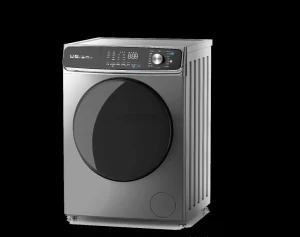Winterizing Your Washing Machine for Cold Weather
Introduction: Importance of Winterizing Your Washing Machine
Preparing your washing machine for the cold winter months is crucial to prevent damage caused by freezing temperatures. By taking the necessary steps to winterize your machine, you can avoid costly repairs and ensure its optimal performance when spring arrives. In this comprehensive guide, we will provide you with step-by-step instructions on how to properly winterize your washing machine, protecting it from potential winter-related issues.
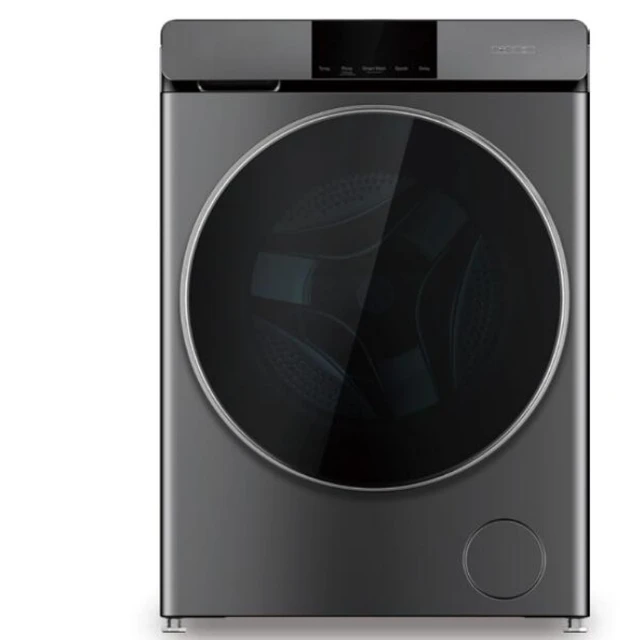
Winterizing Your Washing Machine for Cold Weather
-
Draining and Disconnecting the Water Supply
a. Turn off the water supply: Locate the hot and cold water supply valves connected to your washing machine. Rotate each valve clockwise to shut off the water flow.
b. Disconnect the hoses: Using pliers or an adjustable wrench, carefully loosen and disconnect the water supply hoses from the back of the washing machine. Hold a towel beneath the hoses to catch any remaining water.
c. Drain the hoses: Holding the disconnected ends of the hoses over a sink or bucket, ensure they are positioned downward to allow any remaining water to drain completely. Once drained, coil the hoses for storage.
-
Removing Excess Water from the Washing Machine
a. Run a drain and spin cycle: Start your washing machine on the shortest drain and spin program available. This cycle will remove any excess water that may still be present in the drum and pump.
b. Check the pump filter: Refer to your washing machine’s user manual to locate and access the pump filter. Unscrew the filter cap or panel and clean out any debris or trapped water. This helps prevent clogs and potential damage during winter storage.
c. Wipe down the drum: Using a clean, dry cloth, wipe down the interior of the washing machine drum to remove any remaining moisture. Pay close attention to areas prone to collecting water, such as the door seal and detergent dispenser.
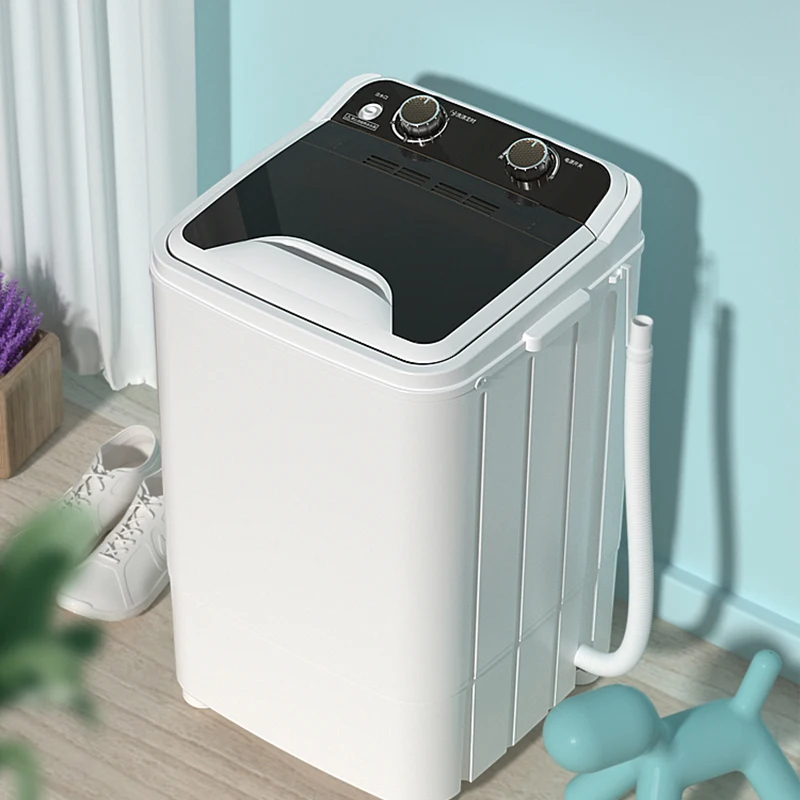
-
Cleaning and Maintaining the Washing Machine
a. Clean the detergent dispenser: Remove the detergent dispenser drawer and rinse it under warm water to remove any residue or buildup. Use a small brush or toothbrush to scrub away any stubborn stains or debris. Once clean, leave the drawer to air dry before reinserting it.
b. Clean the drum and rubber seal: Combine equal parts of water and white vinegar in a spray bottle. Spray the mixture onto a clean cloth and wipe down the interior of the drum, focusing on any visible stains or mildew spots. Pay particular attention to the rubber seal, removing any buildup or mold using a toothbrush or cotton swab.
c. Leave the door open: After completing the cleaning process, prop the washing machine door open slightly to allow air circulation. This will help prevent stagnant smells and discourage mold or mildew growth during winter storage.
-
Protecting the Washing Machine from Freezing Temperatures
a. Insulate the water supply valves: Apply pipe insulation or use towels to wrap around the water supply valves connected to the wall. Secure them in place with duct tape or zip ties. This step helps prevent freezing and potential pipe damage.
b. Cover the washing machine: Use a fitted washing machine cover or a large plastic sheet to completely cover your machine. Ensure that the cover is secure, protecting it from dust, debris, and potential moisture during storage. Avoid using plastic directly on the machine if it can cause condensation.
c. Store in a climate-controlled environment: If possible, store your washing machine in a well-insulated, climate-controlled area. Avoid placing it in an unheated garage or shed, as extreme cold temperatures may still affect the machine.
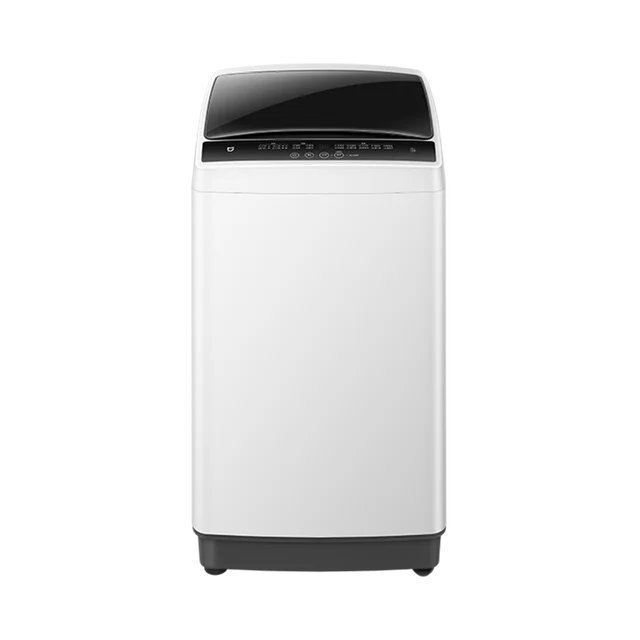
-
Spring Reinstallation and Maintenance
a. Reconnect the water supply: When spring arrives and you are ready to use your washing machine again, reconnect the water supply hoses to the appropriate valves. Double-check that the connections are tight and secure.
b. Check for leaks: Slowly turn on the water supply valves and inspect the connections for any leaks. If you notice any drips or water seepage, tighten the connections further or replace the hoses if necessary.
c. Run a test wash cycle: Before resuming regular use, run a test wash cycle with no laundry to ensure that your washing machine is functioning properly after the winter storage period. This allows you to address any unexpected issues before using the machine for actual loads.

-
Additional Tips for Winterizing Your Washing Machine
a. Use a washing machine cleaner: Before winter storage, consider running a cleaning cycle using a washing machine cleaner. This will help eliminate any lingering buildup or odors and ensure a fresh start when you resume using the machine.
b. Remove and clean the lint filter: If your washing machine has a removable lint filter, take this opportunity to remove it and clean it thoroughly. Use a soft brush or cloth to remove any lint or debris. This helps maintain proper airflow and prevents clogs.
c. Inspect and replace worn parts: While preparing your washing machine for winter, take the time to inspect various components and replace any worn or damaged parts. Check the hoses for cracks or bulges and replace them if necessary. This proactive approach ensures optimal performance and reduces the risk of unexpected issues when you start using the machine again.
d. Consider anti-freeze additives: If you live in an area with extremely cold temperatures, you may want to consider using an anti-freeze additive specifically designed for washing machine winterization. These additives help protect the machine and its components from freezing, reducing the risk of damage.
e. Follow manufacturer instructions: Always refer to your washing machine’s manufacturer instructions for any specific winterization steps or recommendations. Different models may have unique requirements or additional precautions to consider for winter storage.
-
Regular Maintenance Even During Winter Storage
Even when your washing machine is in winter storage, it’s important to give it some attention to ensure its prolonged lifespan and proper functioning. Here are a few maintenance tips to keep in mind:
a. Periodically check for moisture or pests: Visually inspect the area where you have stored your washing machine to ensure there are no signs of moisture buildup or pest infestation. Moisture can lead to mold or rust, while pests can cause damage to electrical components.
b. Keep the storage area clean: Dust and debris can accumulate over time in the storage area, potentially finding their way into the washing machine. Regularly clean the storage space to minimize the risk of dirt or foreign objects entering the machine.
c. Check for damage or wear before reinstallation: Before reconnecting your washing machine for spring use, inspect it thoroughly for any signs of damage, wear, or pest-related issues. Address any concerns or get professional assistance if needed before using the machine again.
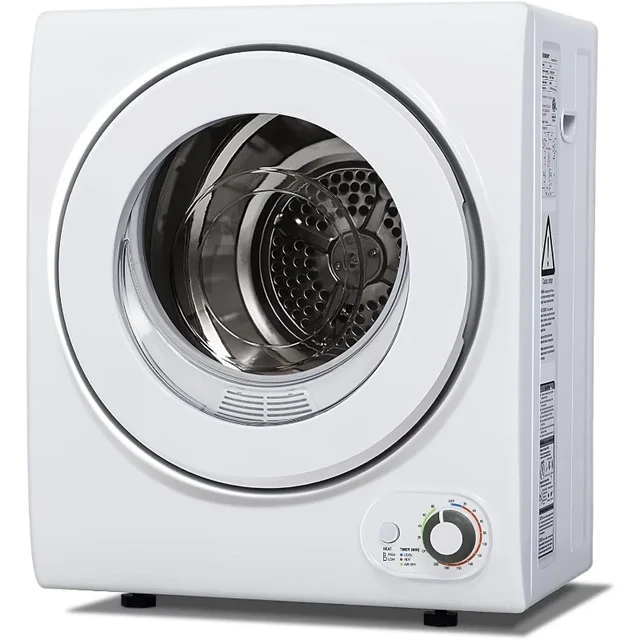
Conclusion: Protecting Your Washing Machine in Cold Weather
Winterizing your washing machine is a vital step in safeguarding it from potential damage during freezing temperatures. By following these detailed steps, you can ensure your machine remains in good condition and ready for use when spring arrives. By draining and disconnecting the water supply, removing excess water, performing necessary cleaning, and providing insulation and storage protection, you can enjoy a fully functional washing machine throughout the winter months and beyond.
